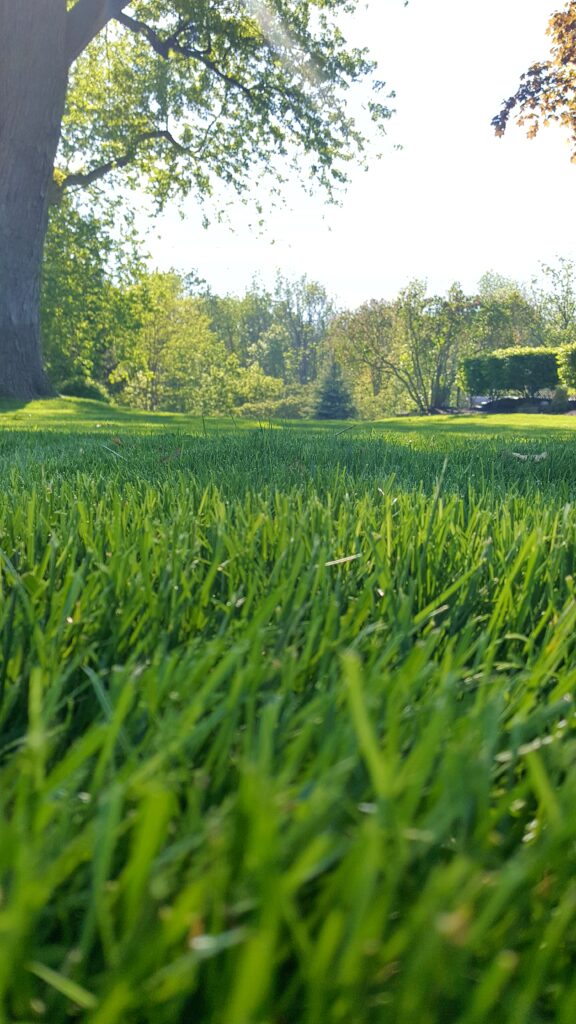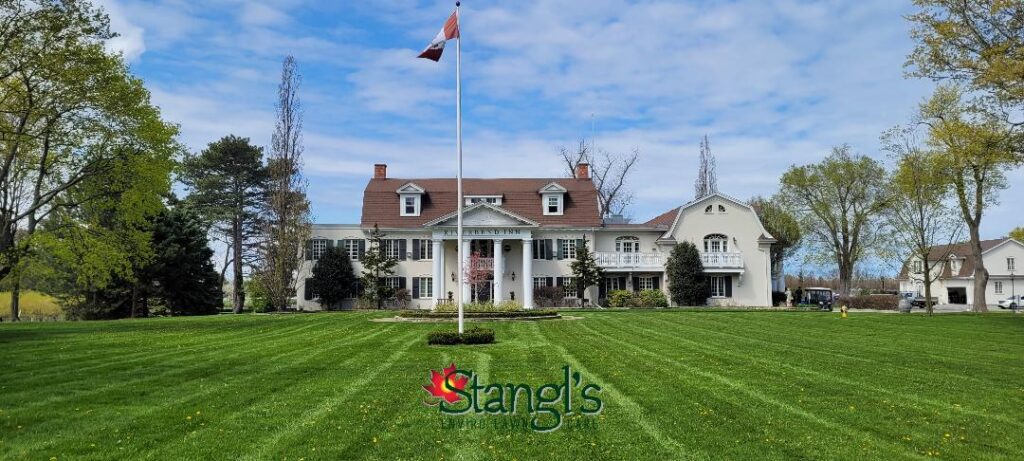Introduction: In the hustle and bustle of modern life, our connection to the natural world often takes a backseat to the demands of daily living. Yet, as we strive for convenience and efficiency, we may inadvertently overlook the profound impact that our choices have on the health of our environment, particularly when it comes to caring for our lawns and landscapes. In this blog, we invite you to embark on a journey of discovery as we explore the transformative power of regenerative lawn care and its role in cultivating resilience in our ecosystems and communities.
Understanding the Problem: In recent decades, conventional lawn care practices have become synonymous with a reliance on chemical fertilizers, insecticides, and herbicides, promising quick fixes for a lush, green lawn. However, beneath the surface lies a hidden cost – the degradation of our soil health, the decline of biodiversity, and the erosion of ecosystem resilience. Chemical inputs may offer temporary solutions, but they often perpetuate a cycle of dependency and degradation, leaving our landscapes vulnerable to pests, diseases, and environmental stressors.

The Regenerative Approach: Regenerative lawn care offers a holistic alternative, rooted in principles of ecological stewardship, soil health, and biodiversity conservation. At its core, regenerative lawn care seeks to mimic the natural processes and cycles that sustain healthy ecosystems, fostering resilience and abundance from the ground up. By prioritizing soil health, promoting biodiversity, and minimizing inputs, regenerative practices not only nurture vibrant, thriving landscapes but also contribute to broader environmental goals such as carbon sequestration, water conservation, and habitat restoration.
Key Principles of Regenerative Lawn Care:
- Soil Health: The foundation of regenerative lawn care lies in nurturing healthy soil ecosystems. By cultivating rich, fertile soils teeming with beneficial microbes, fungi, and organic matter, we create the conditions for robust plant growth, improved water retention, and enhanced nutrient cycling. Techniques such as composting, mulching, and minimal tillage promote soil structure and fertility, supporting a diverse array of plant life and ecosystem services.
- Biodiversity: Embracing biodiversity is essential to the resilience of our landscapes. Rather than striving for uniformity and monoculture, regenerative lawn care celebrates the richness of plant and animal life, creating habitats that support pollinators, beneficial insects, birds, and other wildlife. Native plants, wildflowers, and grasses form the backbone of biodiverse landscapes, providing food, shelter, and nesting sites for a multitude of species.
- Natural Pest Management: In regenerative lawn care, pests are viewed not as enemies to be eradicated but as indicators of underlying imbalances in the ecosystem. Integrated pest management (IPM) strategies emphasize preventive measures, cultural practices, and biological controls to manage pest populations while minimizing the need for chemical interventions. Techniques such as companion planting, crop rotation, and habitat diversification promote natural pest predators and reduce reliance on synthetic pesticides.
- Water Conservation: Sustainable water management is paramount in regenerative lawn care, especially in regions prone to drought and water scarcity. Practices such as rainwater harvesting, drip irrigation, and xeriscaping minimize water waste and promote efficient use of resources. By designing landscapes that mimic natural hydrological cycles and prioritize water retention, regenerative lawn care reduces reliance on irrigation and mitigates the impacts of water runoff and pollution.
Benefits of Regenerative Lawn Care:
- Improved Soil Health: Regenerative practices enhance soil structure, fertility, and resilience, leading to healthier, more productive landscapes.
- Enhanced Biodiversity: Diverse plantings attract pollinators, beneficial insects, and wildlife, fostering ecological balance and resilience.
- Reduced Environmental Impact: By minimizing chemical inputs and resource consumption, regenerative lawn care promotes environmental sustainability and conservation.
- Climate Resilience: Healthy soils act as carbon sinks, sequestering atmospheric carbon dioxide and mitigating the effects of climate change.
- Healthier Communities: Regenerative landscapes provide opportunities for recreation, relaxation, and connection with nature, enhancing overall well-being and quality of life.
Challenges and Considerations: Transitioning to regenerative lawn care may pose challenges for some homeowners, including initial costs, cultural expectations, and lack of awareness or resources. However, by prioritizing education, outreach, and community engagement, we can overcome these barriers and empower individuals to make informed choices that align with their values and aspirations. Collaborative efforts between homeowners, landscapers, policymakers, and environmental advocates are essential for scaling up regenerative practices and creating lasting change.
Conclusion: As stewards of the land, we have a responsibility to care for our landscapes in ways that promote resilience, sustainability, and abundance for future generations. By embracing regenerative lawn care principles, we can transform our yards and gardens into vibrant ecosystems that nourish the soil, support biodiversity, and enhance the health and vitality of our communities. Together, let us cultivate resilience and usher in a new era of regenerative living, where harmony between humanity and nature is the guiding principle for a brighter, greener future.
